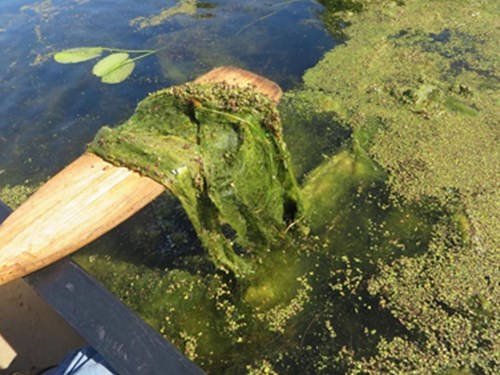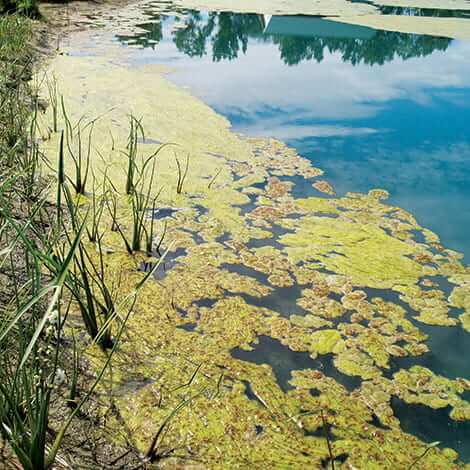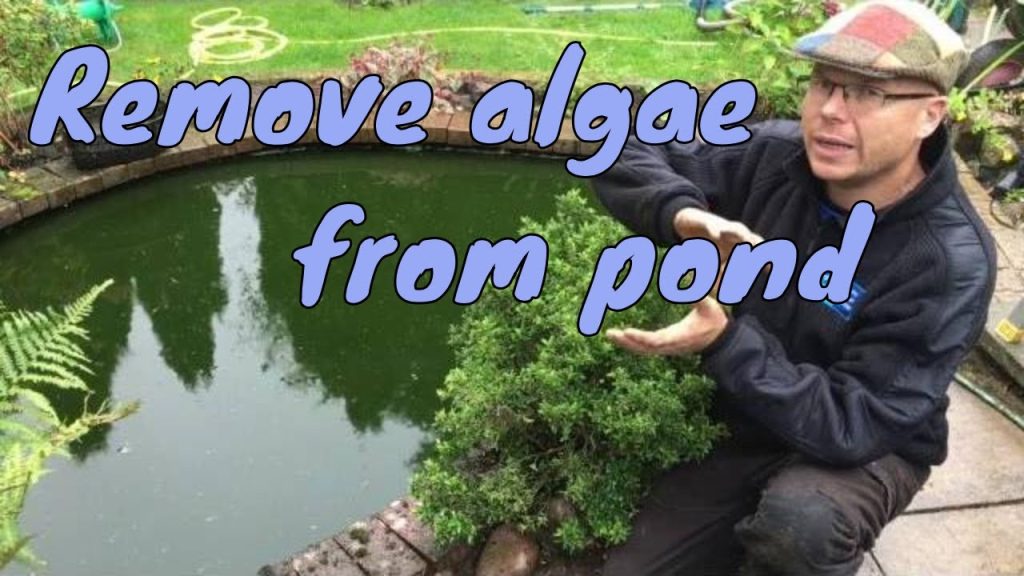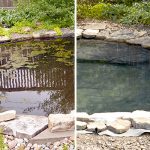Algae are a common nuisance in ponds, and floating algae can quickly take over the surface of the water, affecting the overall health and appearance of the pond. Dealing with floating algae is essential to maintain a balanced ecosystem in your pond and ensure the well-being of aquatic life. Fortunately, there are several effective methods to get rid of floating algae and prevent its recurrence.
1. Manual Removal
One of the simplest ways to control floating algae in your pond is through manual removal. Use a skimmer or a fine mesh net to scoop out the algae from the surface of the water. Regularly removing floating algae can help prevent it from spreading and overwhelming the pond.

Credit: www.otterbine.com
2. Aeration
Introducing aeration into your pond can help disrupt the growth of floating algae. Aeration systems, such as fountains or aerators, increase oxygen levels in the water, creating an environment that is less conducive to algae growth. Proper aeration can also improve water circulation and prevent stagnation, which can contribute to algae blooms.
3. Beneficial Bacteria
Adding beneficial bacteria to your pond can help break down organic matter and nutrients that fuel algae growth. These bacteria work to maintain a healthy balance in the pond by consuming excess nutrients, such as nitrogen and phosphorus, which algae thrive on. Consider using a high-quality biological treatment to control floating algae and promote water clarity.
4. UV Clarifiers
UV clarifiers are effective tools for controlling floating algae in ponds. These devices use ultraviolet light to disrupt the algae cells, causing them to clump together and sink to the bottom of the pond. By installing a UV clarifier in your pond, you can significantly reduce the presence of floating algae and improve water quality.
5. Algaecides
When manual removal and other methods are not sufficient, algaecides can be used as a last resort to eliminate floating algae. Algaecides are chemical treatments designed to kill algae and prevent their regrowth. It is important to use algaecides according to the manufacturer’s instructions and be cautious to avoid harming fish or other aquatic life in the pond.
6. Shade Cover
Excessive sunlight can promote the growth of floating algae in ponds. Installing a shade cover or introducing floating plants can help reduce the amount of sunlight reaching the water’s surface, thereby inhibiting algae growth. Creating shaded areas in the pond can help maintain a balanced ecosystem and prevent algae blooms.
7. Regular Maintenance
Consistent pond maintenance is key to preventing floating algae and maintaining a healthy aquatic environment. Regularly remove debris, fallen leaves, and excess organic matter from the pond to prevent nutrient buildup that can fuel algae growth. Perform water tests periodically to monitor water quality and make necessary adjustments to keep algae in check.

Credit: splashsupplyco.com
Conclusion
Dealing with floating algae in a pond requires a combination of proactive measures and effective treatments. By implementing manual removal, aeration, beneficial bacteria, UV clarifiers, algaecides, shade covers, and regular maintenance practices, you can effectively control floating algae and promote a balanced ecosystem in your pond. Remember to choose the method that best suits your pond’s specific needs and consult with a pond maintenance professional if needed. With proper care and attention, you can enjoy a clear and healthy pond free from floating algae.




